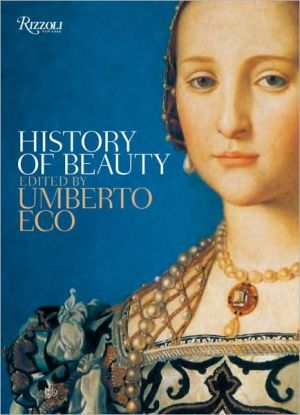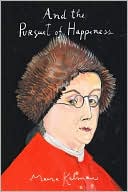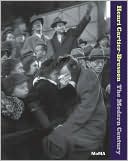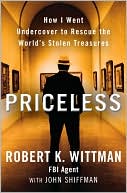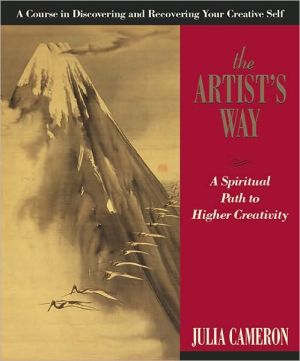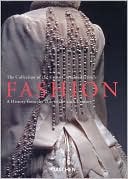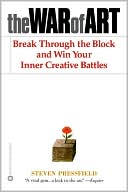History of Beauty
Now in paperback, Umberto Eco’s groundbreaking and much-acclaimed first illustrated book has been a critical success since its first publication in 2004. What is beauty? Umberto Eco, among Italy’s finest and most important contemporary thinkers, explores the nature, the meaning, and the very history of the idea of beauty in Western culture. The profound and subtle text is lavishly illustrated with abundant examples of sublime painting and sculpture and lengthy quotations from writers and...
Search in google:
Acclaimed novelist and scholar Eco (author of Foucault's Pendulum examines the concept of beauty as it has evolved through the ages from Ancient Greece to the present day. Throughout the volume, he intertwines images (many in color) with the writings of philosophers, novelists, and poets and discusses the various models of beauty they represent. Sample topics include light and color in the Middle Ages, the practicality of Victorian aesthetics, and beauty in the contemporary fashion industry. Annotation ©2004 Book News, Inc., Portland, ORPublishers WeeklyThis inspired book begins, after a little throat-clearing, with 11 verso-recto "comparative tables"-sets of contact-sheet-like illustrations that trace representations of "Nude Venus" and "Nude Adonis" (clothed sets follow) as well as Madonna, Jesus, "Kings" and "Queens" over thousands of years, revealing with wonderful brevity the scope of the task Eco has set for the book. What follows is a dense, delectable tour through the history of art as it struggled to cope with beauty's many forms. The text, while rigorous in its inquiries, is heavy on abstractions, which get amplified by stiff translation: "In short, the question was how to retable the debate about the Classical antitheses of thought, in order to reelaborate them within the framework of a dynamic relationship." The selections, however, are breathtaking-300 color illustrations, from Praxiteles to Pollock-and they grant the text the freedom to delve into their complex mysteries. Eco's categories for doing so (e.g., "Poets and Impossible Loves") and his historical breadth in elaborating them are creative and impressive respectively. Long quotations ranging from Plotinus and Petrarch to Xenophon and Zola allow each era to speak for itself, while Eco links them with his own epoch-leaping connections. Seen in terms of a timeless debate on the form and meaning of beauty, masterpieces like Titian's Sacred and Profane Love or Cranach's Venus with Cupid Stealing Honey seem, if possible, even more immediate, and related to our own amorous profanities and thefts. (Dec.) Copyright 2004 Reed Business Information.
Ch. IThe aesthetic ideal in Ancient Greece37Ch. IIApollonian and Dionysiac53Ch. IIIBeauty as proportion and harmony61Ch. IVLight and color in the Middle Ages99Ch. VThe beauty of monsters131Ch. VIFrom the pastourelle to the Donna Angelicata154Ch. VIIMagic beauty between the fifteenth and sixteenth centuries176Ch. VIIILadies and heroes193Ch. IXFrom grace to disquieting beauty214Ch. XReason and beauty237Ch. XIThe sublime275Ch. XIIRomantic beauty299Ch. XIIIThe religion of beauty329Ch. XIVThe new object361Ch. XVThe beauty of machines381Ch. XVIFrom abstract forms to the depths of material401Ch. XVIIThe beauty of the media413
\ From Barnes & NobleBeauty, as Aubrey Beardsley once reminded William Butler Yeats, is difficult. Professor Umberto Eco agrees. Having probed the roots and tendrils of aesthetics for four decades, the Italian novelist and philosopher understands its complexities. In History of Beauty, he offers reponses to seemingly eternal questions: What is beauty? What is art? What is taste and fashion? Why do habitually associate ethics with aesthetics? A fascinating inquiry into a perennial topic.\ \ \ \ \ Publishers WeeklyThis inspired book begins, after a little throat-clearing, with 11 verso-recto "comparative tables"-sets of contact-sheet-like illustrations that trace representations of "Nude Venus" and "Nude Adonis" (clothed sets follow) as well as Madonna, Jesus, "Kings" and "Queens" over thousands of years, revealing with wonderful brevity the scope of the task Eco has set for the book. What follows is a dense, delectable tour through the history of art as it struggled to cope with beauty's many forms. The text, while rigorous in its inquiries, is heavy on abstractions, which get amplified by stiff translation: "In short, the question was how to retable the debate about the Classical antitheses of thought, in order to reelaborate them within the framework of a dynamic relationship." The selections, however, are breathtaking-300 color illustrations, from Praxiteles to Pollock-and they grant the text the freedom to delve into their complex mysteries. Eco's categories for doing so (e.g., "Poets and Impossible Loves") and his historical breadth in elaborating them are creative and impressive respectively. Long quotations ranging from Plotinus and Petrarch to Xenophon and Zola allow each era to speak for itself, while Eco links them with his own epoch-leaping connections. Seen in terms of a timeless debate on the form and meaning of beauty, masterpieces like Titian's Sacred and Profane Love or Cranach's Venus with Cupid Stealing Honey seem, if possible, even more immediate, and related to our own amorous profanities and thefts. (Dec.) Copyright 2004 Reed Business Information.\ \
